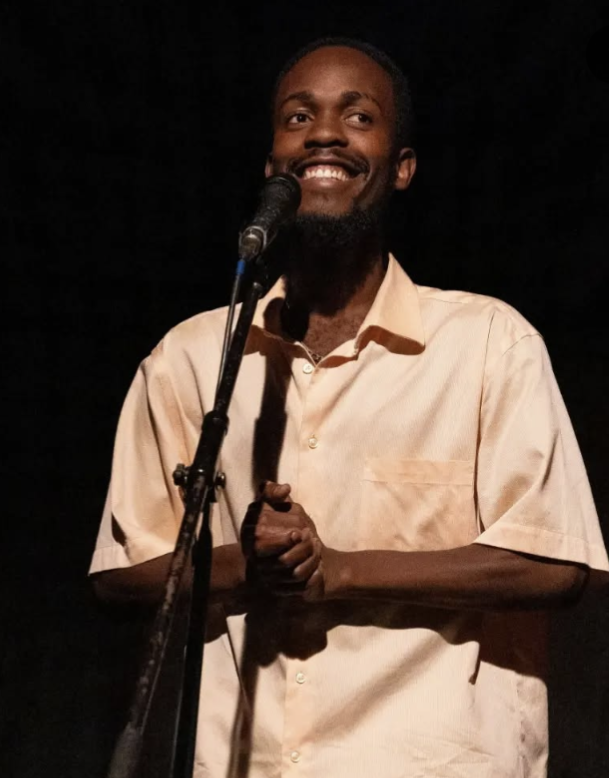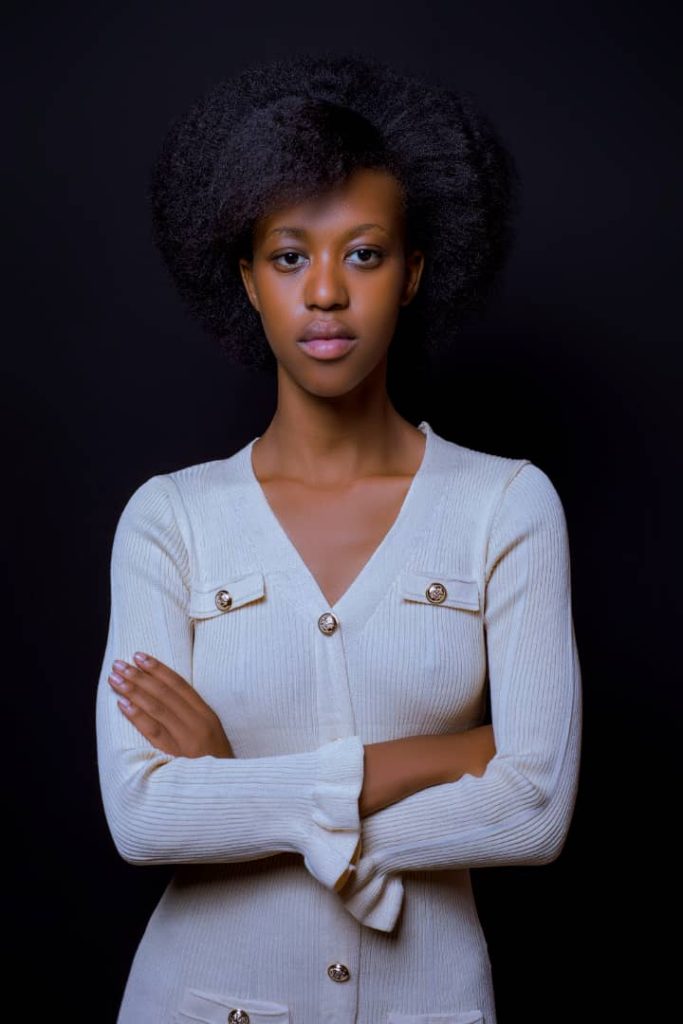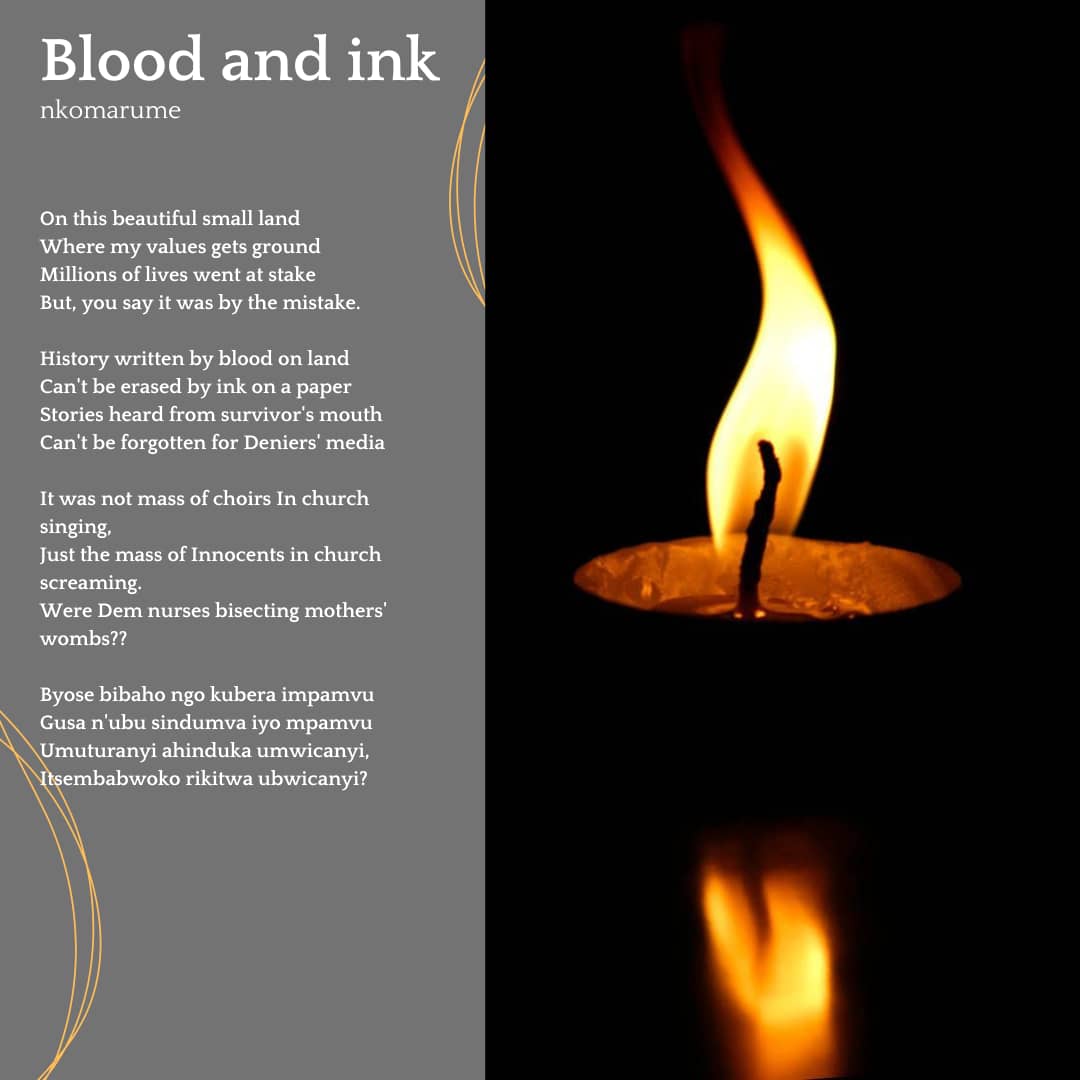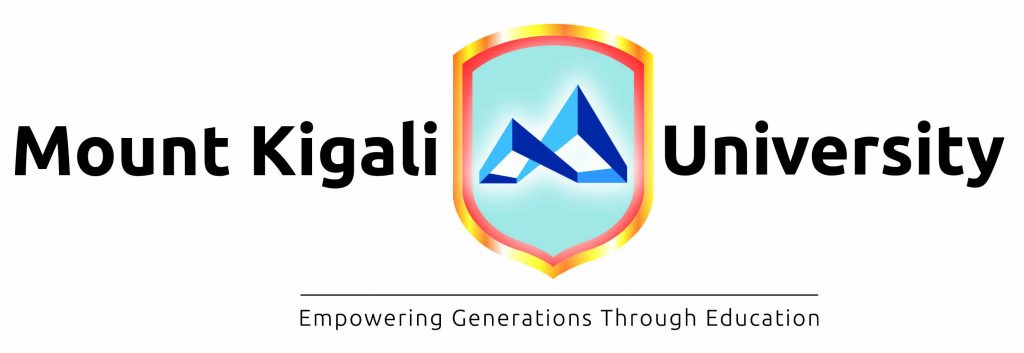Rwandan youth are turning inherited trauma into creative expression, using poetry, music, painting, and storytelling as tools for healing and remembrance after the 1994 Genocide against the Tutsi. Though they did not live through the 100 days of horror that claimed over a million lives, the impact of that tragedy still shapes their daily lives and their art.
One of these artists is Godfrey Mugisha, known as Inkomarume, a poet and founder of the wreaks community. For him, poetry is more than a form of expression; it’s a dialogue with the past.
“Poetry is the voice of a soul,” Godfrey says. “When I write, I let my heart speak. I became the person who didn’t get to say goodbye.”
His emotionally charged poems immerse readers in the fear, confusion, and final thoughts of genocide victims. While he doesn’t shy away from pain, his verses also echo quiet resilience, a reminder that strength can be found even in the darkest moments.

Across the country, young artists are emerging as powerful voices of memory and peace, using creativity not just to express pain, but to foster unity, educate others, and keep the memory of the genocide alive. Their work stands as a tribute to those who were lost and a message of hope for a more peaceful future
A young Rwandan who are channeling grief into artistry. Edmond, a painter, combines sorrow and hope in his visual work.
Rwanda’s youth are using their talents to heal, remember, and grow. By embracing art and culture, they carry the strength and dreams of their ancestors into the future. Through creativity, they are building a peaceful and united Rwanda, full of hope and meaning.
“Through my paintings, I try to depict both the darkness and the resilience,” he says. “It’s a way to educate those who didn’t experience it.” Edmond Byiringiro explains.

In community centers, classrooms, and cultural events, these artists perform, exhibit, and speak, creating intergenerational bridges and breaking the silence that once shrouded their families’ pain.
For many young Rwandans, the genocide is not just a distant historical event taught in textbooks. It lives on in the silence of their parents, the tension in their neighborhoods, and the solemn air that descends over Rwanda every April during commemoration events.
Viviane Uwababyeyi, a Rwandan poet, sees art as a more personal and connective way to preserve memory.
“Our art becomes a form of remembrance for those who didn’t experience the genocide firsthand,” she explains. “It’s also how we talk about resilience and unity.”

The genocide against the Tutsi left more than physical scars; it left emotional wounds that continue to affect survivors and their descendants. For years, many families struggled to speak openly about the trauma, and the next generation inherited not just the stories but the silence. Now, through art, they are finding language for what was once unspeakable.
These young creators are more than just artists; they are guardians of memory and builders of peace, shaping Rwanda’s future by confronting its past with courage and honesty.
In the rhythm of their words, the color of their canvases, and the depth of their voices, you can feel the heartbeat of a generation determined to remember with purpose. Through their work, grief is transformed into growth, silence into song, and remembrance into a powerful force for healing.





